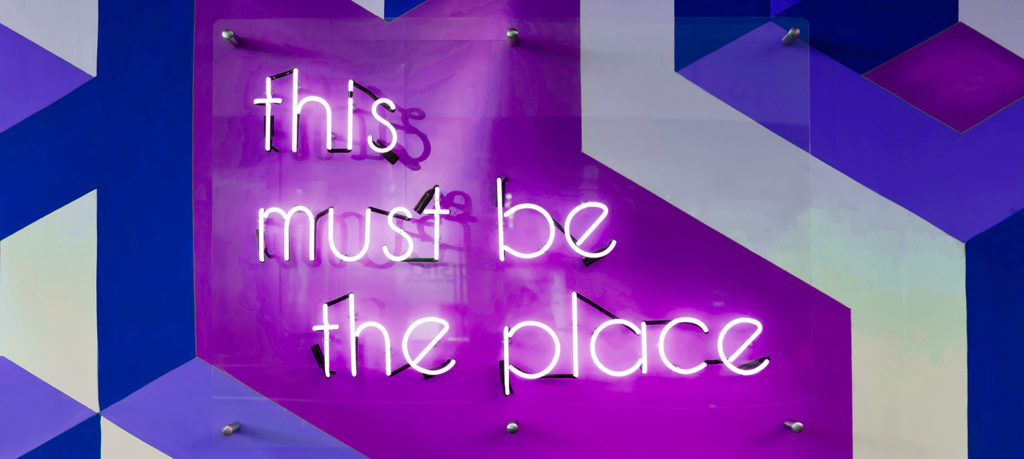Building a Business Case for Employee Onboarding Software
Reducing the direct costs associated with employee onboarding
Let’s start with the most obvious reasons for adopting employee onboarding software: the direct time and cost savings associated with the onboarding process. With modern best-in-class onboarding software, potential benefits are:
Paperless onboarding
The process of onboarding a new employee requires a load of documentation that needs to be passed back and forth between the new hire and your organization. Think of how much time the HR department takes to send out the paperwork via snail mail, then following up to ensure it is returned and properly filed away.

With modern employee onboarding software now integrated with paperless secure documentation platforms like Adobe Sign, DocuSign, Hellosign and Secured Signing, it’s easy to deal with these documentation compliance issues digitally. You can even automate reminders to the new hire to complete their paperwork, reducing the time HR has to dedicate to follow-up tasks.
Save time with integration, automation and personalization
Another major time and cost saving can be found in automating repetitive processes. Think about how much time HR spends on repetitive tasks, like sending a welcome note and pack, reminding managers and IT to start provisioning, or sending the new employee a set of instructions and directions for their first day.

Employee onboarding software with workflow and scheduling capabilities can automate these repetitive tasks. This not only frees up HR resources, but also ensures these key tasks are taken care of, at the right time, every time.
Most onboarding software today is integrated with your existing HR system, so by simply entering the details of a new recruit into your HRIS, you can trigger the appropriate onboarding workflow for their role, with tasks triggered in accordance with their start date, and all communications personalized with their name, contact details and assigned manager.
Quickly ramp from onboarding to productivity
By using employee onboarding technology to ensure consistent onboarding processes where everything is taken care of in a just-in-time basis, new employees can arrive on day one with all their equipment and system logins ready for them, so they can focus on getting up to speed without unnecessary delays.

Empower managers to own onboarding
For managers, onboarding a new hire is can often be a daunting process, with a lot of moving parts and unfamiliar procedures that are piled on top of their already busy workday.
The result? Reduced productivity, due to the onboarding workload, forgotten tasks, or simply not bothering with onboarding.

The right technology breaks the onboarding process into bite-sized chunks, helping to coach managers through each employee’s onboarding journey. It automates all of the painful administrative aspects, so managers are able to focus on engaging with the new hire, and provide an awesome, human, onboarding experience, without adding more work to their day.
For example, the technology can:
- intelligently nudge managers of outstanding onboarding tasks they need to do;
- provide managers with pre-populated personalised welcome messages they can send to new hires to kickstart their new manager-employee relationship;
- automatically create calendar invitations for key onboarding events like welcome lunches welcoming new team members, probation reviews, one-on-one catch up meetings, and more;
- offer reminders and advice delivered to the managers mobile, especially during the critical early days of an employee’s onboarding period
By the way, if you want to find out more about how managers can own onboarding, without the corresponding increase in workload, you’ll want to check out our 30 page guide Empower Managers to Own Onboarding.
Onboarding software reduces employee turnover
Aside from the direct cost savings, effective onboarding processes directly influence company success and growth by minimising employee attrition.
Early impressions, including the onboarding experience, matter. The Aberdeen Group found that “86% of new hires make a decision how long they will stay with a company in the first six months.”

The risk of turnover is even more pronounced today, because many companies engage in Employment Branding exercises to attract talent during the recruitment process. Any mismatch between the candidate’s expectations, formed during recruitment, and the reality of working at a company, can cause them to become disengaged and may significantly shorten their stay.
If you want to learn more about employee turnover costs, and how to reduce turnover, you can read about it here.
Or, if you want to find out how to bridge the recruitment to onboarding experience for new recruits, our article Want to Improve Employee Engagement? Start Before Day One provides all the information you need.
Enhanced onboarding helps attract and retain talent
We mentioned Employment Branding before. This is how the outside world perceives you as a corporate employer, and your offer of value to potential new employees.

According to Performance Development Group, a great onboarding experience can drive your Employment Brand, while shaping first impressions of your company and driving job satisfaction.
“Getting them in the door is just the first challenge. Now you’ve got them, how do you keep them? You need an effective onboarding system, one that highlights the way in which your company values your team members. By doing so, you create a positive impression, and a successful employment brand, which will entice future employee prospects to make that same journey.”
– Performance Development Group
So how exactly does employee onboarding software help create an onboarding experience that is both relevant and attractive to new hires, such that it contributes to your Employment Branding?
The key is relevance. Today’s workplace is a diverse mix of Baby Boomers, Gen X, Millenials and Gen Z. This means it is important to deliver personalised onboarding experiences via channels that your new employees are already using.
For instance, the modern employee is increasingly mobile-first in their approach to communications, and often prefer to consume short, snappy content delivered in skimmable form.
The right onboarding software has the logic and communications channels in place to deliver communications in the correct channels for any employee type and according to job role, team, region, and even individual preferences, all without requiring a heap of manual work.
Employee onboarding impacts Employee Experience (and customer experience)
Employee Experience is about every interaction an employee has with your organization, from before recruitment, to recruitment, employment, and through to any off-boarding and post-employment interactions.

Research by Jacob Morgan shows that organisations that actively invest in EX reap the benefits of not just being more profitable and innovative, but also in their ability to attract top talent to further fuel their growth.
For example, compared to other companies, companies that are among the 6% heaviest investors in EX are included among Glassdoor’s Best Places to Work 11.5x as often.
EX is also linked to customer experience: business transformation consultancy Maximus observes that, “in the experience economy, happy staff make for happy customers, and happy customers lead to higher brand loyalty, more sales and bigger profits. Share earnings for companies with highly-engaged employees are nearly 150% higher than for other companies.”
As the bridge between the highly-engaged recruitment stage and their first experience as an employee at the company, onboarding has a major and direct impact on EX. The degree of engagement, interest, involvement and feedback here can really set the tone for the rest of the employee journey.
Onboarding software improves productivity outcomes
The research is in: there is a direct correlation between the quality of onboarding processes, and employee productivity and turnover outcomes.
Aberdeen Group’s Welcome to the 21st Century, Onboarding report found that “Best in Class” organisations who have invested in strategic onboarding technology have a clear advantage for key results of first year retention, first year performance milestones, and hiring manager satisfaction (year-over-year).

Additionally, a survey conducted within the U.S. by Harris Poll on behalf of CareerBuilder reported that employers using a structured onboarding program benefit from:
- Increase in employee engagement (49 percent)
- Improved employee confidence (46 percent)
- Greater employee trust in the organization (45 percent)
- Increased efficiencies (44 percent)
- Higher productivity (42 percent)
- Higher morale (38 percent)
- Lower employee turnover (31 percent)
- Positive contributions to meeting revenue targets (21 percent)
Conclusion
Not only does onboarding software and technology reduce the direct costs and effort associated with the onboarding process, the enhancements to employee onboarding has flow-on effects that impact employee engagement, employee experience, talent attraction, recruitment, turnover, customer experience and productivity.
It’s safe to say that structured onboarding, as facilitated by employee onboarding software, is not only beneficial, but remarkably effective, and has proven results on a company’s bottom line.
To find out more about how best-practice employee onboarding can impact on a range of employee engagement and business metrics, talk to us today.